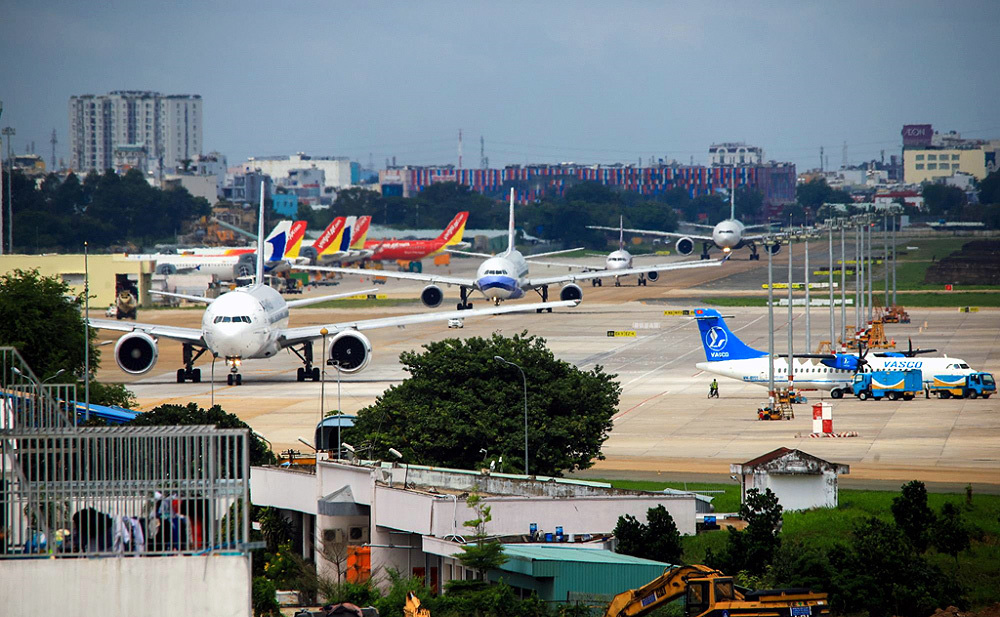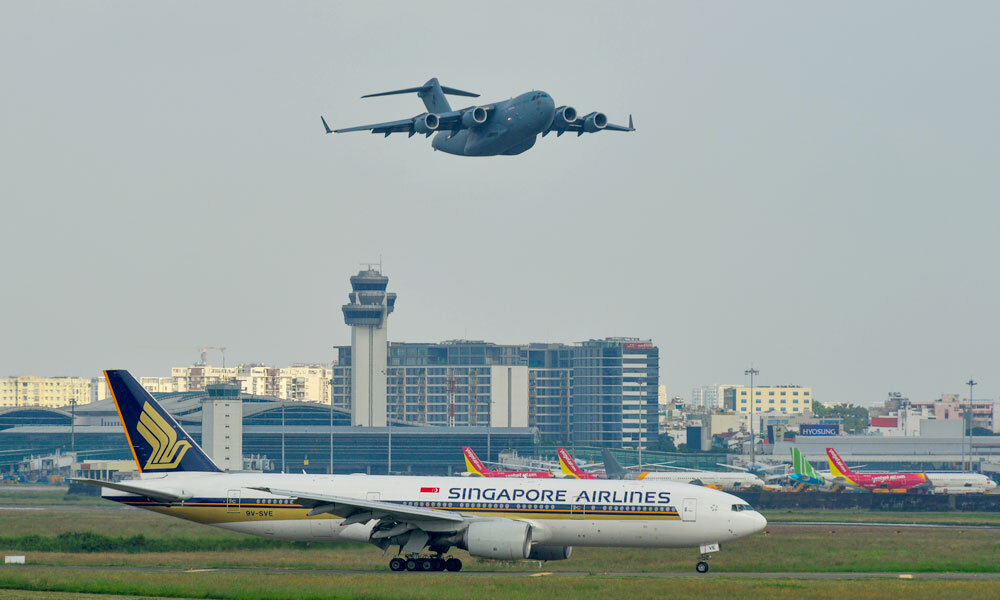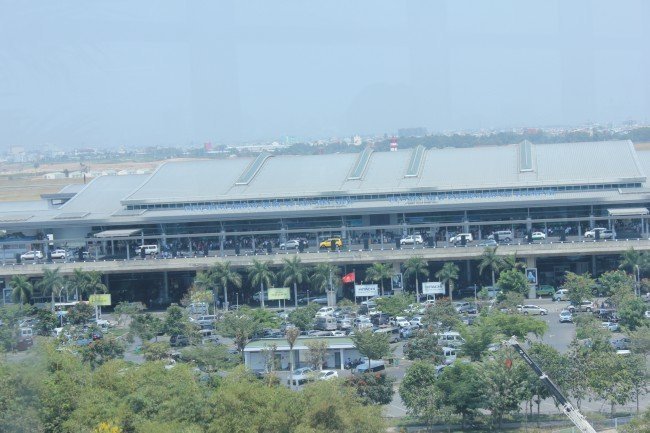
The Ministry of Planning and Investment (MPI) recently submitted a report to the Government containing its assessment of the in-principle proposal for the construction of a new domestic passenger terminal.
The state-run Airports Corporation of Vietnam (ACV) will use its own fund for the three-year project, which will increase the airport capacity by 20 million passengers annually, helping ease the burden on the current domestic passenger terminal.
The ministry has expressed its support from the proposal but asked ACV to explain its cost calculations.
The project involves the construction of Terminal 3, whose floor area covers an estimated 100,000 square meters, expanding the current aircraft aprons and developing other auxiliary facilities such as a two-lane overhead path, a five-lane viaduct in front of the terminal and a multi-story car park.
The project requires some VND10.99 trillion (US$475 million) in funding from ACV and is scheduled for completion within three years and one month from the date of its in-principle approval.
The project investment of USD478 million is acceptable basically, the ministry said, urging ACV to conduct more detailed assessments on the project’s efficiency for the regional socio-economic development.

The Tan Son Nhat International Airport is forecast to serve more than 45 million passengers by 2025. However, the total capacity of its current domestic and international passenger terminals reaches some 28 million passengers per year. Therefore, ACV has deemed the construction of a third terminal necessary.
According to the MPI, the project is in line with HCMC’s plan to raise Tan Son Nhat International Airport’s total passenger limit to 50 million yearly, particularly given the airport’s current serious over-capacity.
ACV said that the project scale has been carefully taken into account based on forecasts for Tan Son Nhat International Airport and the future Long Thanh International Airport in Dong Nai Province.
The firm added that they have also learned experiences from other airport projects such as Cam Ranh, Van Don, Danang, Noi Bai and Cat Bi.
ACV reported that the project would take 37 months following approval, including one year for preparations and two years for construction.
However, the MPI said that this pace would be infeasible for ACV to complete many different steps before the construction. So, the investors should re-consider and come back with a more appropriate schedule.

The State currently owns a 95.39% stake in the HCMC-based ACV, with the remainder held by both local and foreign investors.
ACV chairman Lai Xuan Thanh said that without an expansion at Tan Son Nhat, the aviation market could "freeze" sometime in the future due to overload.
Vietnam has made plans to upgrade existing airports and construct new ones amidst rising air travel demand.
ACV operates under a parent company-subsidiary model, managing 22 airports nationwide, nine of which are international airports, including Noi Bai, Danang, Tan Son Nhat and Can Tho.
Last year, the country’s 21 state-run airports served 103.5 million passengers, up 11 percent year-on-year, and the figure is set to rise to 112 million this year, according to ACV.

















